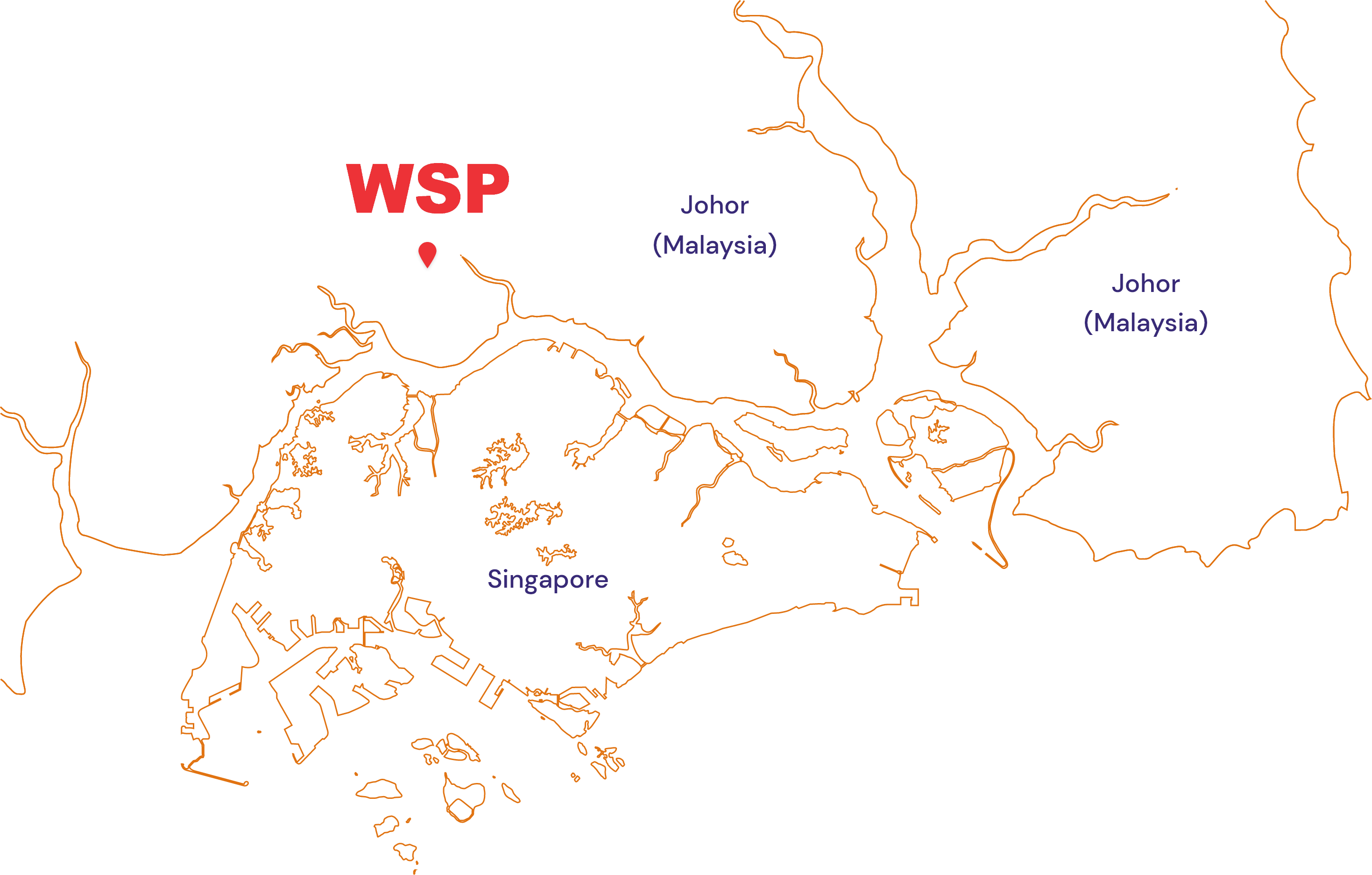WSP’s home in Malaysia has long been recognized as a market-focused, manufacturing-friendly economy with 16 Free Trade Agreements (FTAs) currently in place across the globe. Strategically situated between the Indian Ocean and the South China Sea, Malaysia is next to the Straits of Malacca, one of the world’s busiest shipping lanes. The country was a founding member of ASEAN (Malaysia, Indonesia, the Philippines, Singapore, and Thailand), a group now recognised as the future of global supply chains between east and west. A trigger for the shift from China to the ASEAN region came in 2018 when US President Donald Trump imposed substantial tariffs on products manufactured in China in response to China’s continued unfair trade practices.
The tariff’s imposed 25-50% import taxes on a wide range of China-produced products, including appliances, solar panels and most consumer electronics. In contrast to China, 99% of such products produced in Malaysia remained tariff-free, which has resulted in significantly increased interest in relocating low-cost, high tech manufacturing from China. Malaysia now exports around 10% of the world’s chips by value – more than the US.
The question must be asked, how will Malaysia’s current strong momentum be maintained if Tariffs or other trade related penalties imposed against China are lifted? The key lies in Malaysia’s central location in ASEAN and in where Singaporean money is being invested.
The Economist this month concluded that the future of America’s avoidance of relying on Chinese labour (in what it calls Altasia) is here with Malaysia at its core for a number of reasons. Malaysia’s geographical proximity to Singapore is key logistically of course but also because of a new vision of the future of industrial IoT automation underway in Singapore – the Tuas Mega Port.
Scheduled for completion in 2040, Tuas will be the largest container port in the world but also the most automated. Situated less than an hour from WSP, the Economist concluded “Tuas is a vision of the future on two fronts. It illustrates how port operators the world over are deploying clever technologies to meet the demand for their services in the face of obstacles to the development of new facilities, from lack of space to environmental concerns”
https://www.economist.com/interactive/business/2023/01/14/investments-in-ports-foretell-the-future-of-global-commerce
Politics may have been the trigger but technology also has a way of transforming economies and WSP’s expertise in mechatronics is hugely relevant to the logistics innovation underway in Singapore.
Experts agree that the tenuous geopolitical landscape and increasing competitive tensions between the world’s two largest economies will continue to present an opportunity for Malaysia. Since 2019 an increasing number of companies have reduced supply chain risk and improved their business performance (Cost, Quality, and Service) via expanded business investments and manufacturing relationships in Malaysia. As tensions continue to escalate between China and Western nations, we see only additional momentum building for investments in Malaysia.

